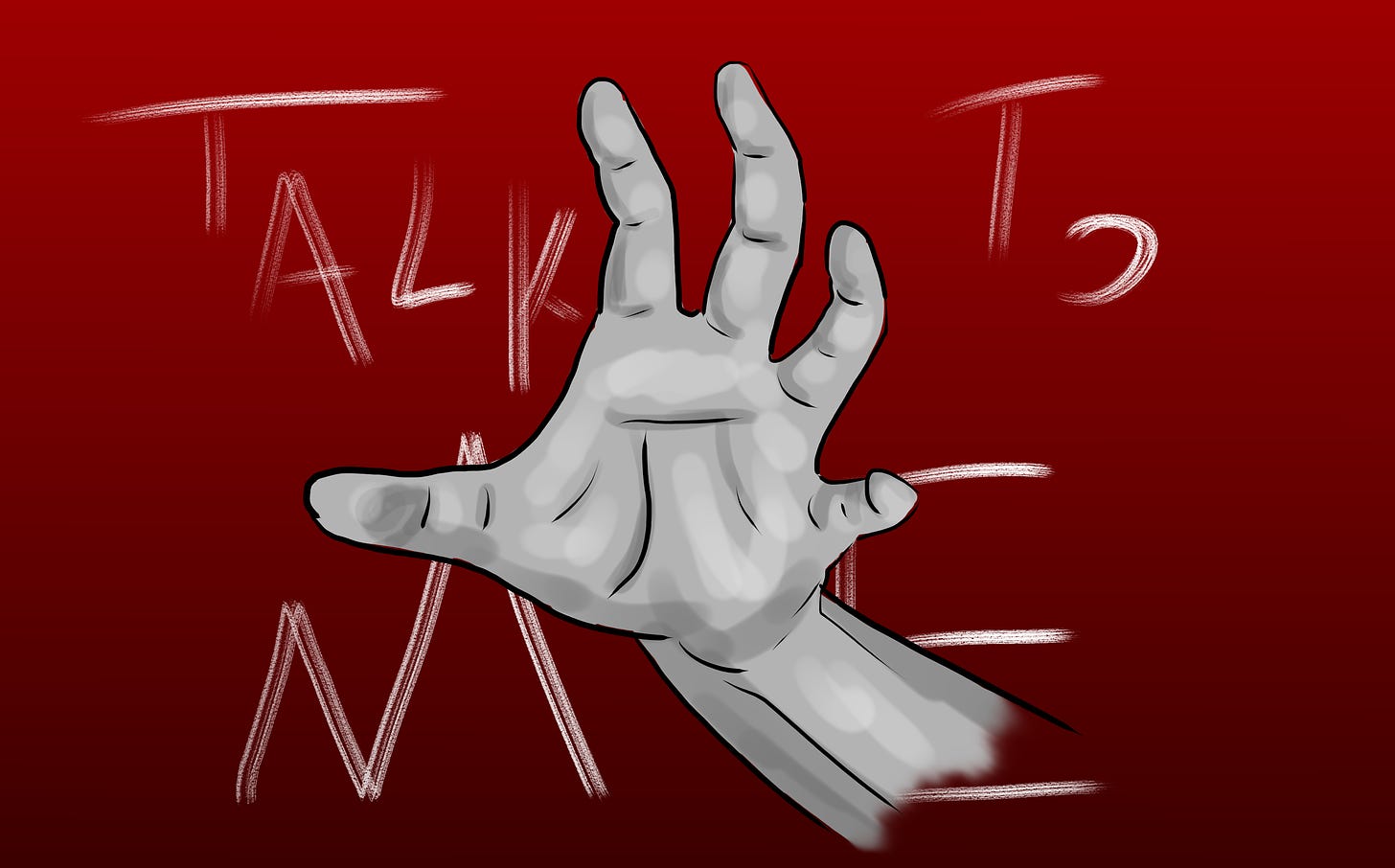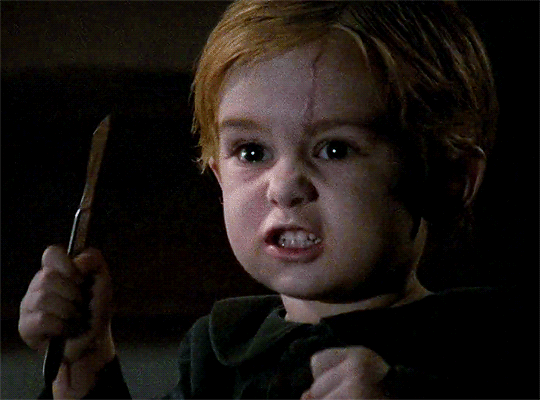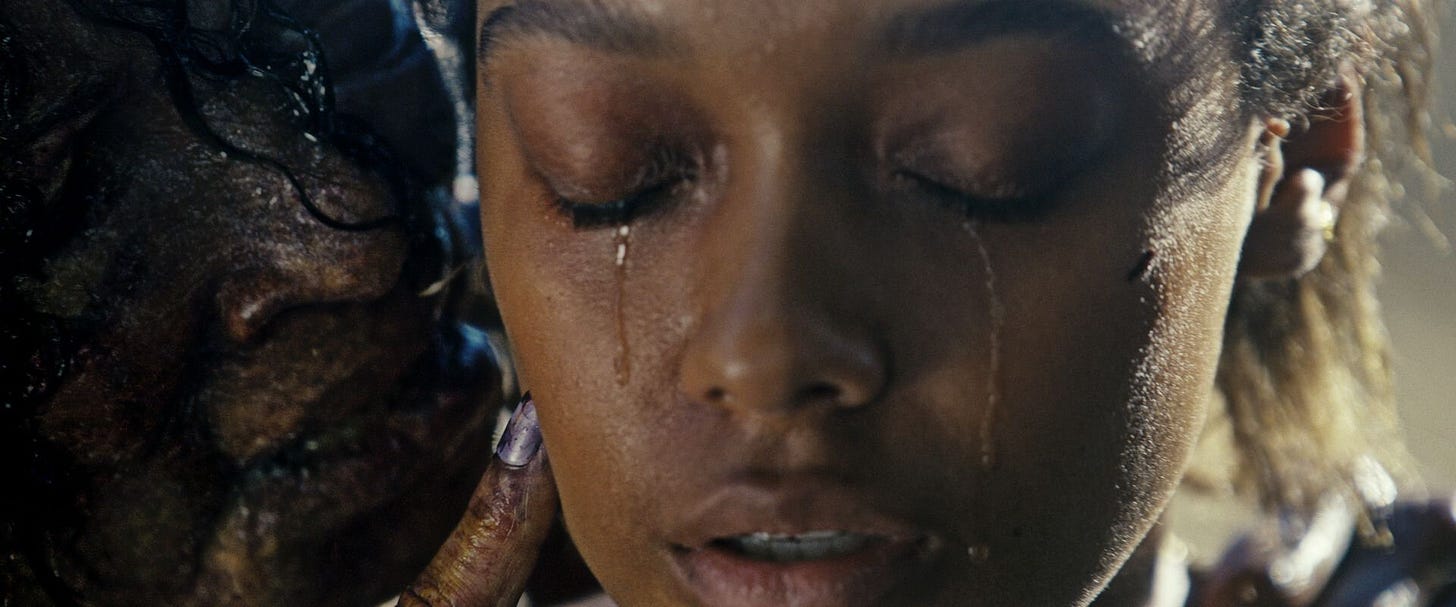There’s nothing more difficult to accept than the loss of a loved one. Death comes inevitably, sometimes unexpected, and drags anyone attached through the mud. The reaper ties you to the back of his sports car and drives off in full speed, dragging you with him for the ride. The flesh you value so dearly with lotions and sunscreen is shredded by asphalt and you can’t do anything but endure the pain. Even when he does stop, and the torture is eventually over, you will have to live with the scars.
Grievance is an emotional nightmare, but it’s something that we must go through. The five stages of grief and all that jazz. The denial, the anger, the whatever else that people may or may not experience because all of us experience the grieving process so differently.
The human mind is complex yet fragile with these beautiful things called feelings. Our emotional compulsions are quite often our strongest, with impulses taking over our lives.
With those strong emotions comes feelings like sorrow, but also feelings like fear. It’s why the grieving process has become a fascinating component of horror films, using it as a means of pushing the tormentive idea of loneliness and the inability to let go.
(Spoilers ahead, by the way.)
Firstly, I want to give Pet Sematary (1989) the recognition it so obviously deserves when focusing on this topic. Deriving from Stephen King’s novel, Pet Sematary explores the complexities of a father’s downward spiral after his son is unexpectedly ran over by a semi-truck.
As the story goes, the family buries their cat in the nearby pet cemetery after it dies, but it comes back to life with a major personality change. In a similar fashion, Louis decides to bury his late son (Gage) in the same cemetery in hopes that he’ll too come back to life.
As we all know, this ends as poorly as it can get. Killer toddlers and all.
Of course, it’s really Louis’s denial of his son’s death that makes the story so unsettling. The rest of the family is grieving too, but they’re able to healthily accept that he’s gone. It’s a tough time for them just as much as it is Louis, but his mind becomes so fractured with grief that he’s unable to let go of the son he once had.
When Gage does come back from the dead, he’s presented as an evil version of what he once was. As Crandall explains in the film, whatever comes out of the cemetery isn’t human. So when dead kid Gage ends up killing his mother, it’s not really a surprise.
What is a surprise though, is Louis taking his wife’s body and burying it in the cemetery, claiming that it’ll work correctly this time around.
By this point of the film, Louis has gone to a point of no return. A man that’s gone mad from grief, unable to accept the concept of death happening to his loved ones. It’s disheartening for sure, but also a scary idea for anybody.
Grief, acceptance, and the ability to understand the cycle of life are all important things that keep us going when we lose someone we love. Once you deny it, your mental health is at risk. You turn into someone dangerous and broken, though Louis is just the hyperbole of such.
“Sometimes, dead is better.”
Talk to Me has become somewhat of a modern classic. It was met with praise from the horror community and critics alike, with the film bringing something more interesting to the genre by introducing a rather dangerous “party game.”
The film explores the complexities of grief and how it can control your life.
Mia, the main character, is having a hard time accepting her mother’s death. It’s no surprise that she was ready to participate in the “Talk to Me” game, which essentially lets you communicate with the dead or be possessed.
But it isn’t until her friend’s little brother, Riley, plays that the real danger of the game is exposed. When Riley allows the spirit to possess him, it’s revealed that it’s Mia’s mother. Because of this, they go over the time limit, resulting in a chaotic incident and Riley going into the hospital for serious injuries.
Throughout the film we see how desperate Mia is to communicate with her mother again. She takes the hand that allows you to speak with the spirits, using it to talk with her late mom. The issue, however, is that her mother begins to tell her to do awful things.
By the end of the movie, Mia ends up dying due to what the mother spirit had been feeding her.
It’s easy to see that the entire thing is meant to represent the harsh reality many people go through when losing a loved one. Mia can’t handle her mother’s passing, unable to let go of the caregiver she was once so close to. The problem is that it becomes unhealthy, obsessing over doing what she believes her mother would want from her.
It’s unclear if the mother spirit is truly her mother or not, but it leans more heavily into “definitely not.” Whatever it was that was posing as Mia’s mother fed into her sorrows, taking advantage of her grief to make her do terrible things.
It’s yet another story that warns against the slippery slope of denial. How people can go into a deep depression, lose themselves to grief, and never be the same person again. Talk to Me may have been another horror movie about spirits, but it was one that explored a topic especially relevant in a post-Covid world.
“I have this recurring nightmare where I'm looking in the mirror and my reflection is gone. Like I don't exist.”
Baghead is a bit different. The villain of the film is “Baghead,” a woman who can shapeshift into the dead. However, she can only do so for two minutes, as any time after that will result in dangerous circumstances.
With this film, our main character is in a much different predicament than the former. Iris takes over the pub her father owned after he dies, taking on the responsibility of the Baghead creature in the basement as well. However, Iris wasn’t that close to her father. Unlike the other movies we discussed, Iris isn’t going through the typical grieving cycle.
In fact, it isn’t until she uses Baghead to bring her father back that she actually begins to grieve. She speaks to her father one last time, realizing that he was so distant because he was protecting her from the evil he had to deal with.
Iris’s grief manifests into her obsession of needing to keep the pub and continue “guarding” the Baghead so that her father’s death isn’t in vain. We see Iris feel bad for resenting her father in the past, upset she couldn’t say sorry or see him before he died, and taking the mantle from him feels like her way of “honoring” him in the strangest way possible. She explains in the film that after her father died, she had nothing left but the pub.
I don’t want to go to into depth with this one, though, because the film just came out. This one I don’t want to spoil for you, so if you’re interested in a quick watch, you can find it over on Shudder to see how Iris’s journey ends.
“Talk to the dead. Pay the price.”
As stated before, horror is the ultimate genre to touch on trauma. The grief one experiences after the death of a loved one is especially rich in how one can vent and create an entirely new story, using inner emotional turmoil to write some scary shit.
From spirits to shapeshifters, these stories not only have some fun scares, but also allow for some much needed therapy to some.








